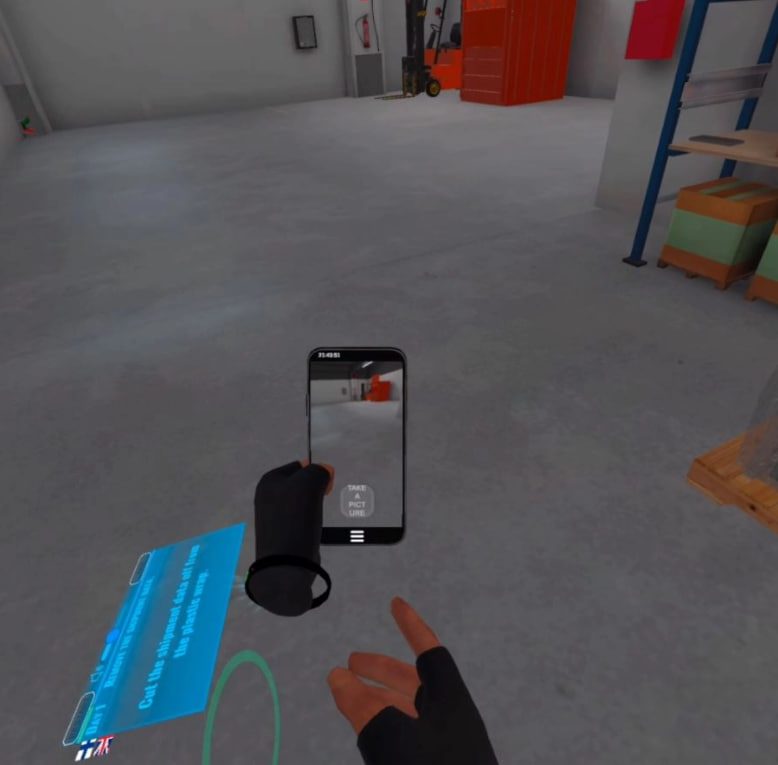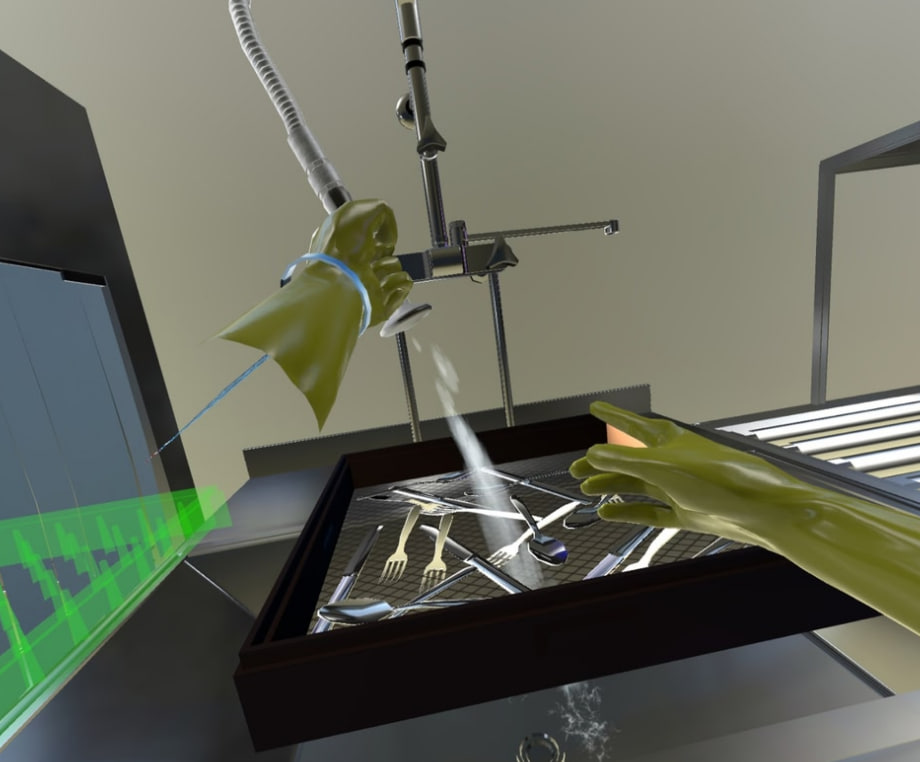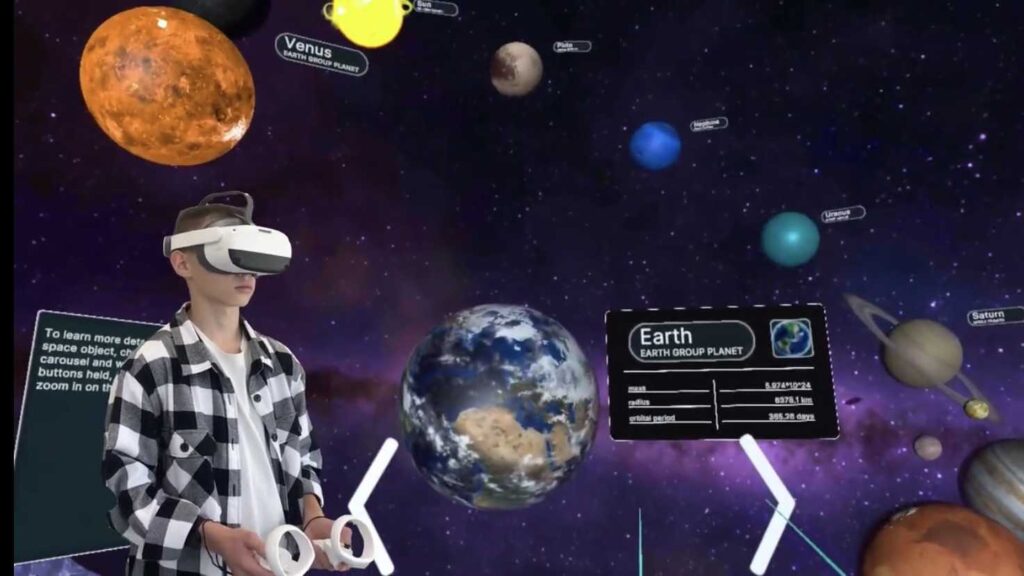

Question: Can VR career simulations really help students choose their future path?
Answer: Yes. Virtual reality makes professions visible, safe, and hands-on. With the right simulations, kids not only watch but experience work – whether that’s lifting boxes in a warehouse or running an industrial dishwasher in a kitchen. These immersive lessons give students respect for different roles, reduce stereotypes, and help them make smarter career choices.
Traditional career days often rely on guest talks, brochures, or short field trips. Valuable, yes, but limited. VR expands these opportunities by letting students step into real professions instantly. They can understand what the work feels like, rather than just hearing about it.
For schools, VR career simulations bring three big wins:
Accessibility: Students can test professions without leaving campus.
Safety: They explore complex or risky environments in a controlled way.
Value: Schools demonstrate innovation and prepare students for the labor market while also boosting their image among parents.
Beyond STEM classes, VR opens the door to broader career education. Whether it is a machine shop, a construction site, or a kitchen, students experience the rhythm, challenges, and responsibilities of real jobs.

VREW Storage Worker Simulation
In this immersive warehouse simulation, students step into the role of a storage worker. They practice:
Organizing goods on shelves
Following safety protocols
Using equipment correctly to reduce errors
For schools, this module is more than “gameplay.” It develops discipline, attention to detail, and an understanding of logistics – all crucial in today’s global economy.
Suggested classroom activity:
Begin with a discussion: “Why do warehouses matter in everyday life?” (Connect to e-commerce and supply chains).
Let students try the simulation in small groups.
Afterward, hold a reflection session: What skills were needed? What was harder than expected? How does this connect to math (counting inventory) or physical education (ergonomics and safe lifting)?

VREW Industrial Dishwasher Simulation
At first glance, dishwashing may sound simple. But in a real kitchen, it is a critical role. This simulation lets students:
Manage industrial kitchen tools
Understand hygiene standards
Work under time pressure
It teaches both practical skills and respect for professions that often go unnoticed but are vital in hospitality and food service.
Suggested classroom activity:
Start with a question: “What happens behind the scenes in a restaurant?”
Run the simulation to show the real pace and pressure.
Discuss: What skills beyond “washing dishes” did this job require? (Teamwork, speed, responsibility).
Invite a guest speaker – maybe a local chef – to talk about how every role supports the restaurant team.

Introduction: Share background about the profession, its role in society, and why it matters.
VR Experience: Students immerse themselves in the simulation in rotation.
Reflection: Group discussion about skills, challenges, and respect for the role.
Connection: Link the experience back to school subjects. For example, warehouse logistics connect to math and economics, while kitchen work relates to hygiene and chemistry.
Remove stigma: Talk openly about why every profession matters, and why no job should be dismissed.
Career guidance with VR is not just about choosing a job. It is about:
Developing empathy and respect for different professions
Broadening students’ horizons beyond “prestige” careers
Helping teenagers see the value of practical skills
Preparing students for the reality of the modern labor market

The first weeks of VR career education may start with curiosity and laughter, but they can end with something more lasting: respect, skills, and informed choices.
A warehouse simulation shows the scale of logistics, a kitchen simulation shows teamwork under pressure. Both give students more than a glimpse – they provide a safe rehearsal for real life.
Schools can contact us for advice — we will help put together a VR package that includes both STEM and other disciplines and career simulations.
Together, we can help students discover professions early, explore safely, and prepare for the future.
Frequently Asked
We prodive VR biology, VR physics, and VR chemistry simulations. Please, check our catalog.
Please, fill the form to get demo labs for free.
Please contact our customer support service at support@xreadylab.com or book a call with the team to find out the conditions and book the VR class set up at your school.
Subscription to XReady Lab interactive VR labs. If you are a school, then you are also given access to the VR classroom system. VR class system helps you easily launch VR lessons for a large number of students, follow the experience of each student, as well as customise the content without developers.
We adhere to the world’s generally accepted recommendations and research. Our products are suitable for children from 12 years old.